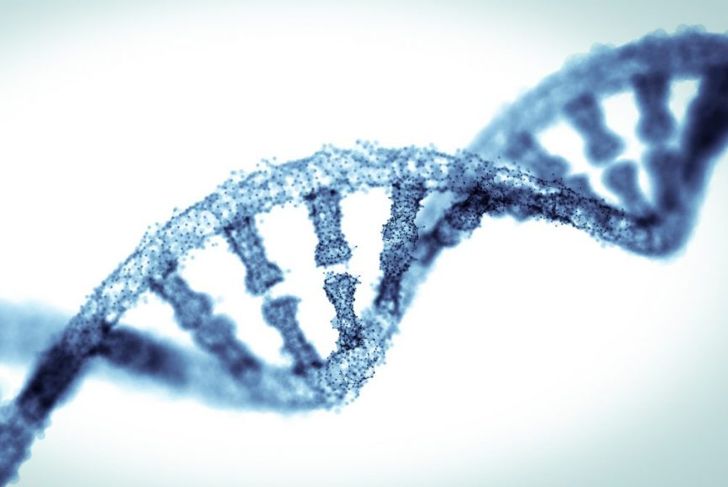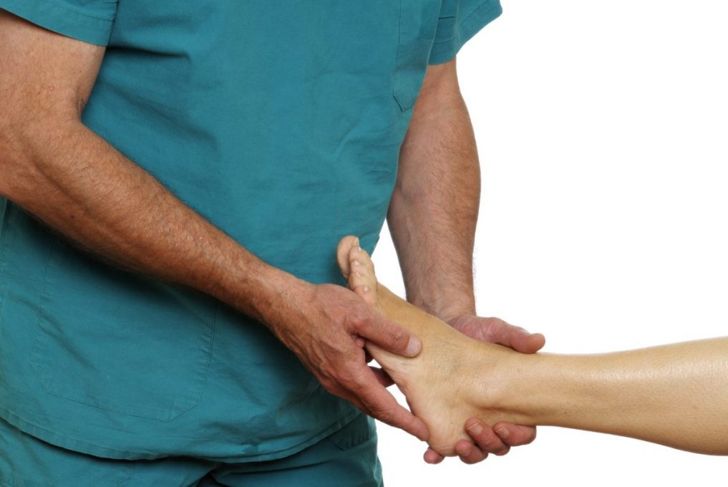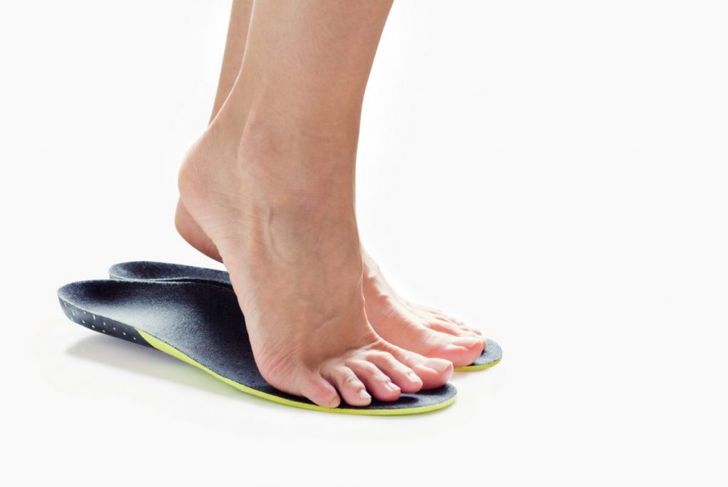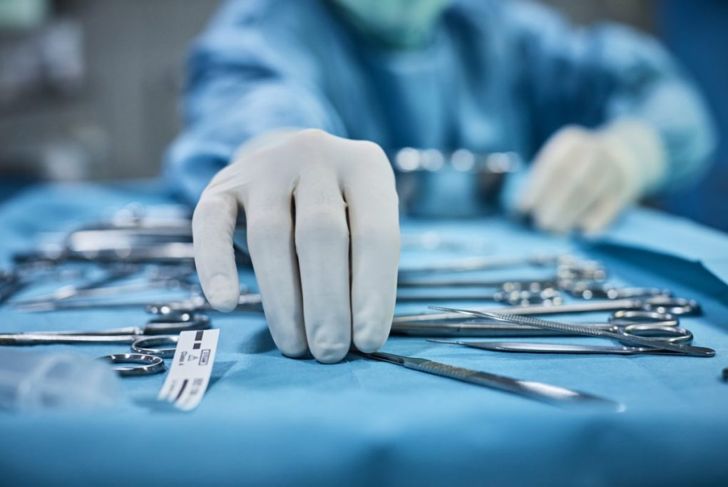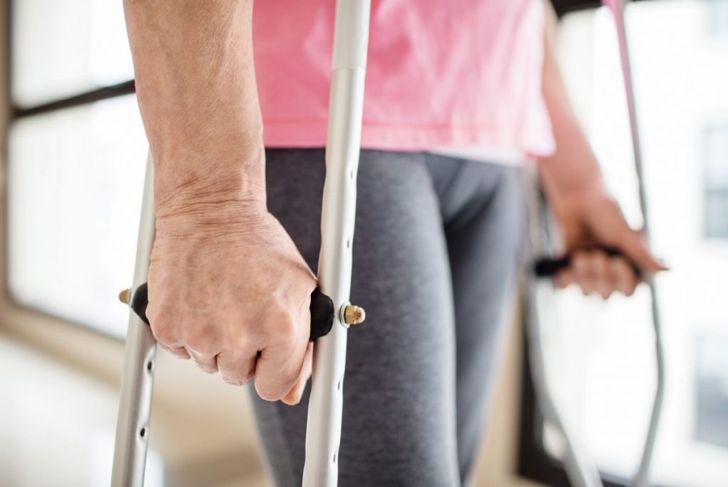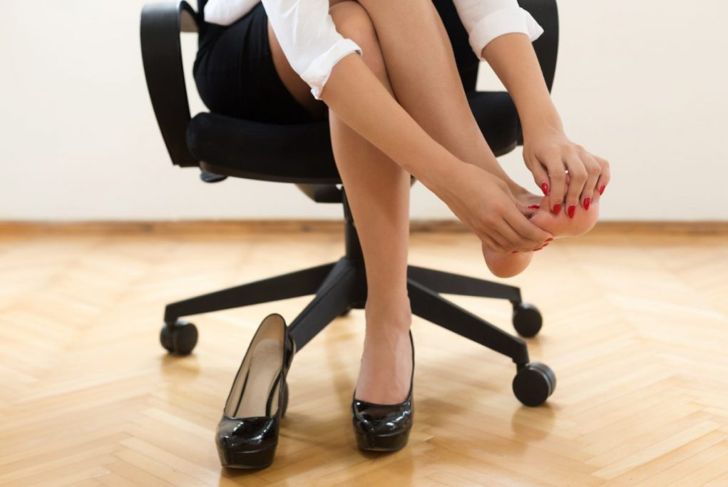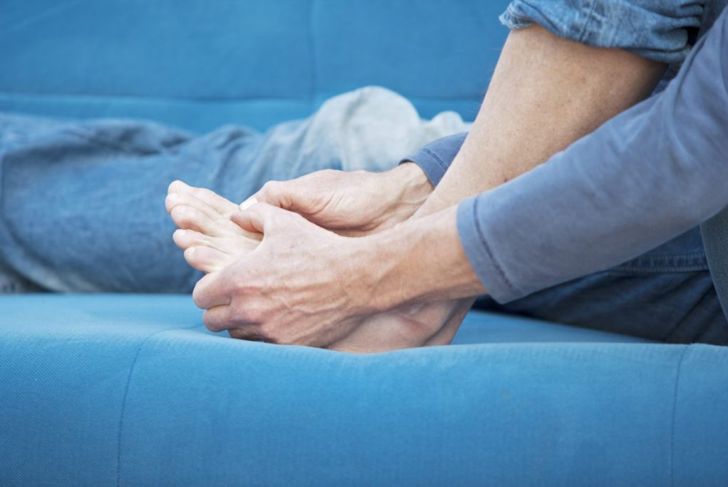Bunions are bony lumps that grow at the base of the big toe around the joint and form when the biggest toe is pushed against the toe next door, causing its base to protrude at the side of the foot. Bunions can vary in size and severity and do not always require treatment. However, they can become painful and inflamed and cause various complications. Bunions are permanent unless surgically removed.
Symptoms
The most obvious sign of a bunion is a bulging, bony lump at the base of the big toe, which may appear red or inflamed. They often cause pain, which may be constant or might come and go. Some people with bunions get corns or calluses where the big toe pushes against the adjacent toe. If the person also has arthritis, this may restrict movement in the big toe.
Causes
Experts are unsure exactly why some people get bunions, though they believe some individuals are more genetically predisposed to them than others because of the shape of their feet. Injuries or other deformities may also play a role in the development of this painful condition, as might inflammatory disorders such as rheumatoid arthritis.
Diagnosis
Bunions are usually easy for a doctor to diagnose by examining the foot. She may order an x-ray to get a more detailed view, to determine how severe the bunion has become and decide on the most appropriate treatment. An x-ray will also help doctors to see if the patient has arthritis in their feet, which may be causing or worsening their bunions.
Non-surgical Treatment
Conservative treatment of bunions can help reduce pain and swelling. Wearing shoes with plenty of space for the toes and splinting the toes into a normal position can help relieve pressure on the bunion. Special insoles can also reduce pressure and stop the bunion from getting any worse. A doctor may recommend over-the-counter painkillers if the person is experiencing excessive discomfort. Applying ice can also relieve pain, especially if the bunion becomes inflamed after standing for long periods.
Surgical Treatment
Doctors do not usually recommend surgery for bunions unless the bunion is causing significant pain or interfering with everyday life. They will consider it only if more conservative options fail. There are various methods of surgically treating a bunion. A surgeon may cut away the inflamed tissue around the toe, attempt to straighten the toe by removing a section of the bone, or realign a bone in the foot to keep the toe in a straightened position.
Recovering from Bunion Surgery
Most people will need to wear a protective boot or plaster cast for a few weeks after bunion surgery to prevent damage to their toe while it heals. Depending on the type of surgery, some people can weight bear on the foot straight away, although many will need crutches for a few days. Most people feel a significant improvement after around eight weeks, although complete recovery usually takes several months. The person will need to wear well-fitting and roomy shoes after bunion surgery. Otherwise, the condition is likely to come back.
Bunions and Footwear
Wearing high heels can push the foot too far forward in the shoe, forcing the toes too close together and causing bunions. Wearing shoes that don’t fit properly can also increase a person’s likelihood of developing the condition. Shoes that are tight, pointed at the toe, or too narrow can all lead to bunions.
Bunions and Bursitis
Bunions can cause a complication called bursitis. Bursa are small sacs filled with fluid that cushion joints and bones. Buritis on the foot occurs when a bunion causes the bursa around the big toe to become inflamed. Bursitis causes pain and swelling, but affected people can often treat it at home by applying ice packs to the area and taking over-the-counter painkillers.
Hammertoe
Bunions can also cause hammertoe, an abnormal kink forms in the middle joint of a toe, usually the one adjacent to the big toe. Hammertoe can cause pain and inflammation, especially when wearing shoes. In rare cases, a person may develop open sores. Severe cases of hammertoe may require surgery.
When to Seek Help
Anyone who has pain, inflammation, or swelling around the joint of their big toe should see a doctor. Seeking early treatment can help prevent a bunion becoming severe enough to warrant surgery. People who experience reduced movement in their big toe or have difficulty finding shoes that fit because of the size of the lump should also visit a physician. These are signs that a bunion has become more severe or that there is co-existing arthritis.

 Home
Home Health
Health Diet & Nutrition
Diet & Nutrition Living Well
Living Well More
More
